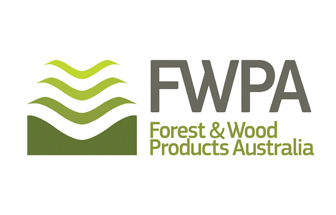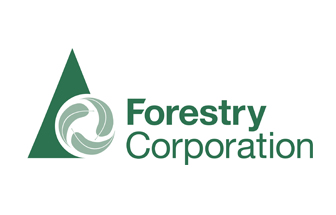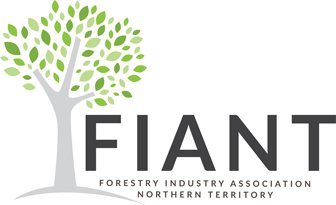HUNTER VALLEY ENERGY DEVELOPER COMPANY
SIGNS $15M JOINT VENTURE DEAL WITH SINGAPORE
EMERGING renewables energy business Sweetman Renewables Ltd has signed a multi-million dollar joint venture agreement with CAC-H2 Private Ltd of Singapore to establish a hydrogen production centre of excellence in then NSW Hunter Valley.
The $15 million deal aims to establish Australia’s first woodfed hydrogen production plant, and the country’s largest green bio-hydrogen production eco-hub.
CAC-H2 brings proven gasification technology that converts woodchip into 99.999% pure hydrogen via a proven proprietary process.
CAC-H2 also brings off-take agreements for 100% of Sweetman hydrogen and biochar production. The deal is likely to create 40 full time jobs at the new facility to be named Hunter Valley One.
The joint venture deal involves investment from CAC-H2 in return for 80% ownership of the new enterprise to establish the first two production lines on a 12-ha site adjacent to the Sweetman’s Millfield timber mill. Sweetman will provide the biomass feedstock, EPC engineering services, and land access in return for 20% equity in the joint venture.
Sweetman will provide 30,000 tonnes a year of wood biomass. The initial deal will produce an estimated $170 million in revenues over 15 years, based on a conservative wholesale price estimate of $6/kg. Construction is due to commence soon given planning applications have been approved.
“We are excited by the opportunity to partner with Sweetman to establish what we want to become the first wood to hydrogen, and Australia’s largest green bio-hydrogen production eco-hub,” director of CAC-H2 Group Arman Massoumi said.
“We initially planned to start with just two production lines but due to large demand from both Japan and Korea, we envisage to quickly scale up the Sweetman operation to multiple lines producing hydrogen and biochar for export markets via a new facility at the Newcastle Port,” Mr Massoumi said.
The Hunter region is set to become home to one of the state’s first green hydrogen hubs with the NSW government committing at least $70 million to their development.
Hydrogen hubs will provide groups of hydrogen users common infrastructure for the local production, use and distribution of hydrogen. They will reduce costs by delivering hydrogen in a coordinated fashion. Developing green hydrogen hubs aligns with the state’s renewable energy zones under the electricity infrastructure roadmap, ensuring they become thriving precincts.
 Sweetman Renewables director Garry Millar said the joint venture would pave the way for a viable, new eco-friendly future for the Hunter Valley.
Sweetman Renewables director Garry Millar said the joint venture would pave the way for a viable, new eco-friendly future for the Hunter Valley.
“We have heard the call from both state and federal government to make the Hunter Valley a centre of excellence for the production of hydrogen,” Mr Millar said.
Glenn Davies, CEO of CAC-H2, added: “Over the next two years our joint venture will establish new hydrogen hubs in every state in Australia. Sweetman has already obtained expressions of interest to establish another hydrogen hub at Newcastle Port and in additional hubs in Queensland and Victoria.”
In a recent report the International Energy Agency (IEA), global demand for hydrogen would need to more than double from its existing level of consumer to 212 million tonnes by 2030 if the world is to attain climate change goals.
The market size for hydrogen in 2022 is projected to be $154.74 billion.
By 2050, driven by a burgeoning global demand for zero-carbon emissions, the hydrogen market is expected to be valued at $12 trillion.
MAIN PIC: Biomass feedstock at Sweetman’s Millfield timber mill in the Hunter Valley.










